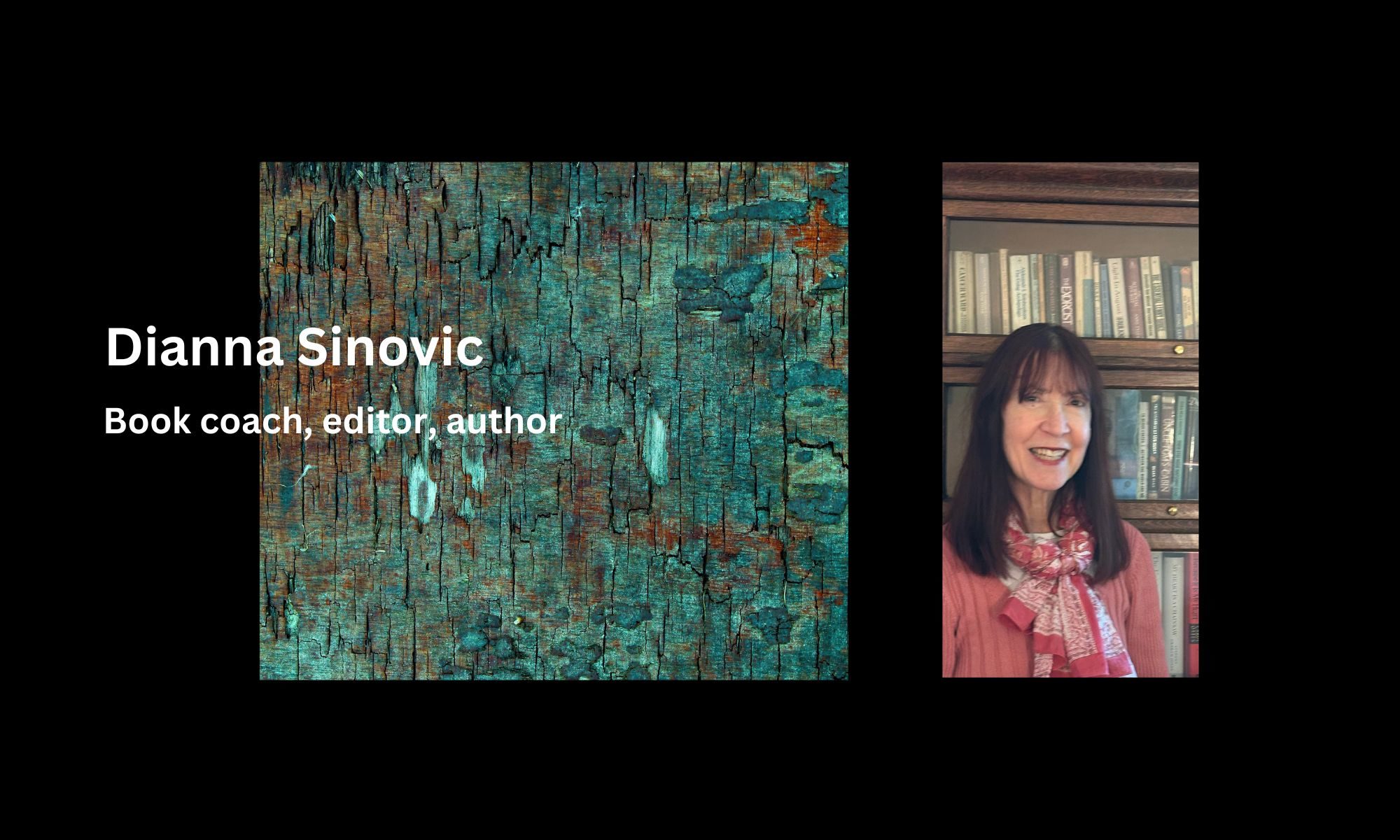But time is squishy and ephemeral outside the confines of the calendar. It stretches and shrinks. When is my trip to Vermont? Four weeks seem like half a year. When did my father pass away? Sixteen months seem like a fortnight. The last of his modest estate is settled, and the only remnants of his long life are the flotsam that has collected at my house and at my sister’s.
Family legend has it that the intricate wooden mosaic of an Old World street was a garage sale bargain. It hung on his wall for so many years that the real story has vanished like the perspective points on the scene’s horizon. I am drawn to the picture even though it has a sterile quality. The alley is narrow … and empty. Where are the townspeople? Where is the debris of life—the dirt, the scraps of garbage, the broken crockery thrown from an upstairs window? I expect to see a handful of chickens in the shadows, doves along the eaves, and passersby giving way to an ox and cart.
The scene never changes; time does not exist there. Here, I feel my own past slipping away, as the family members who gave it context and structure die. What I am left with are memories, yesterdays steeped in elastic time that emerge or fade, depending on my mental tides.


